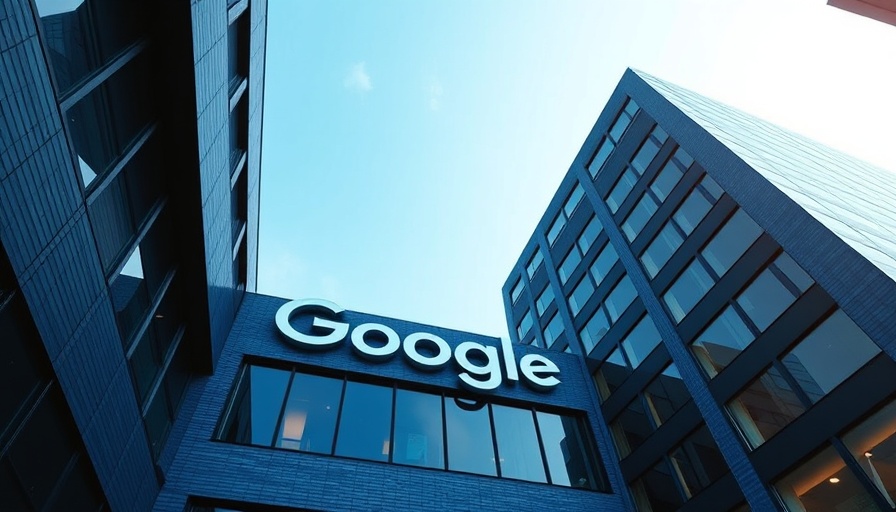
Google's Updated Policy on AI in High-Risk Sectors
In a move that could reshape how industries approach artificial intelligence, Google has clarified a significant aspect of its AI usage policy in high-risk domains. The tech giant has confirmed that its generative AI tools can be employed to make automated decisions in high-stakes areas such as healthcare, provided there is human oversight. This announcement follows earlier implications of a complete ban on using Google’s AI for high-risk decision-making tasks.
Understanding Automated AI Decisions
Automated AI decisions hinge on systems analyzing data, both factual and inferred, to make determinations. For instance, AI might be used to decide whether to approve a loan or to assess a potential job candidate. Such uses have raised eyebrows among regulators who argue that without human oversight, AI can perpetuate bias, especially when making critical decisions like mortgage approvals or job screenings.
Industry Standards and Comparisons
While Google has opted for a model that insists on human supervision, its competitors have adopted stricter controls. OpenAI, for example, prohibits using its AI for automated decisions relating to credit or employment. Meanwhile, Anthropic allows for AI usage in legal and healthcare decisions but mandates the oversight of a qualified professional and requires transparency about AI's role in these decisions.
Regulatory Scrutiny and Global Standards
The regulatory landscape is evolving rapidly to address the implications of AI-driven decisions. In Europe, the AI Act demands rigorous oversight of high-risk AI systems, such as those involved in employment or credit decisions. Across the Atlantic, the U.S. has seen states like Colorado require transparency from AI developers about "high-risk" AI systems, while New York City enforces bias audits on automated hiring tools. These measures indicate a burgeoning emphasis on ethical AI deployment.
Future Implications for Business Leaders
The ability to integrate AI with human oversight offers a middle ground for businesses seeking innovation without crossing ethical boundaries. Decision-makers in various industries should prepare for a future where AI integration is both a matter of technological capability and regulatory compliance. This balanced approach can help companies leverage AI advancements responsibly, ensuring they align with both business objectives and regulatory mandates.
 Add Row
Add Row  Add
Add 




Write A Comment